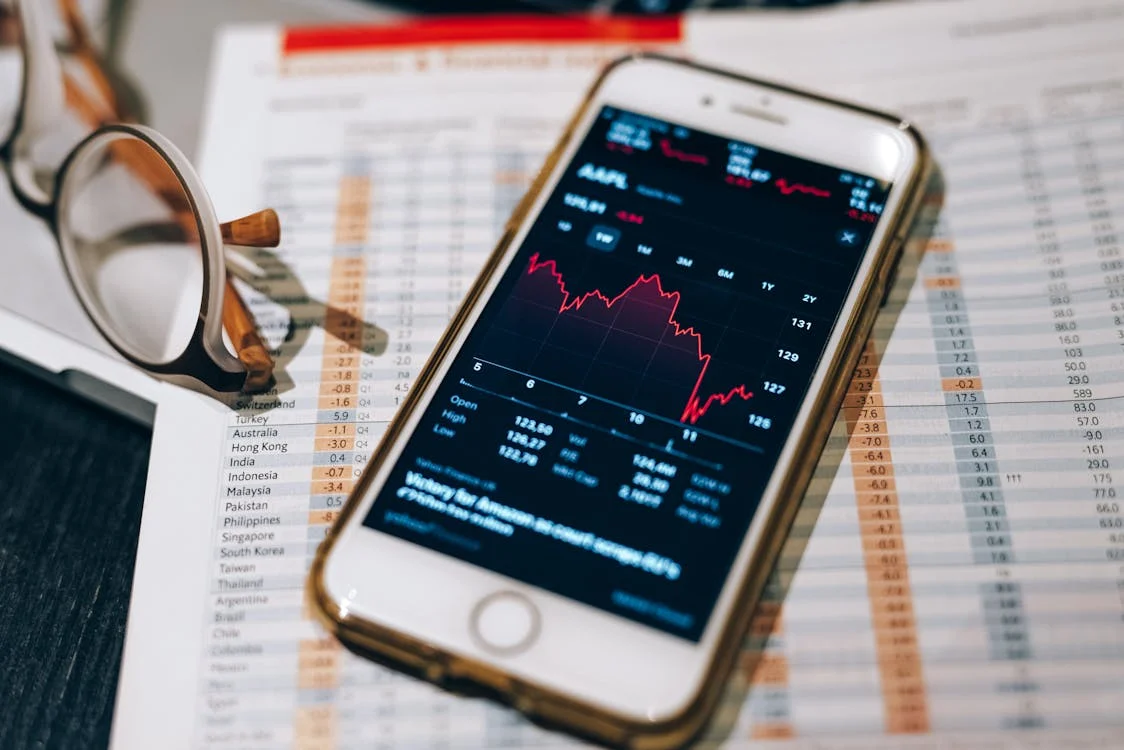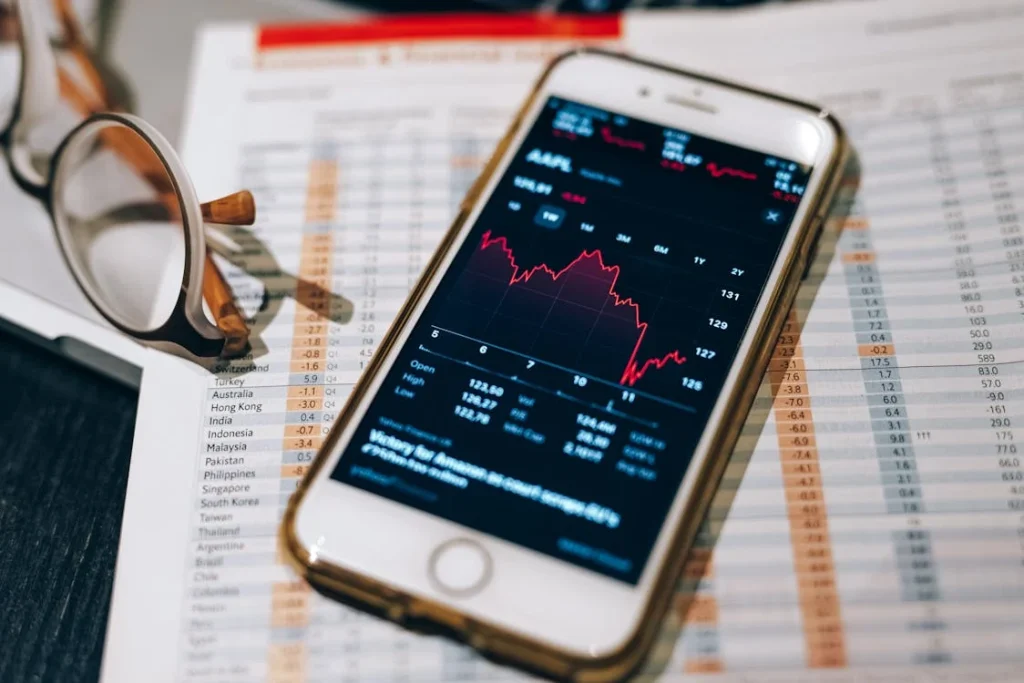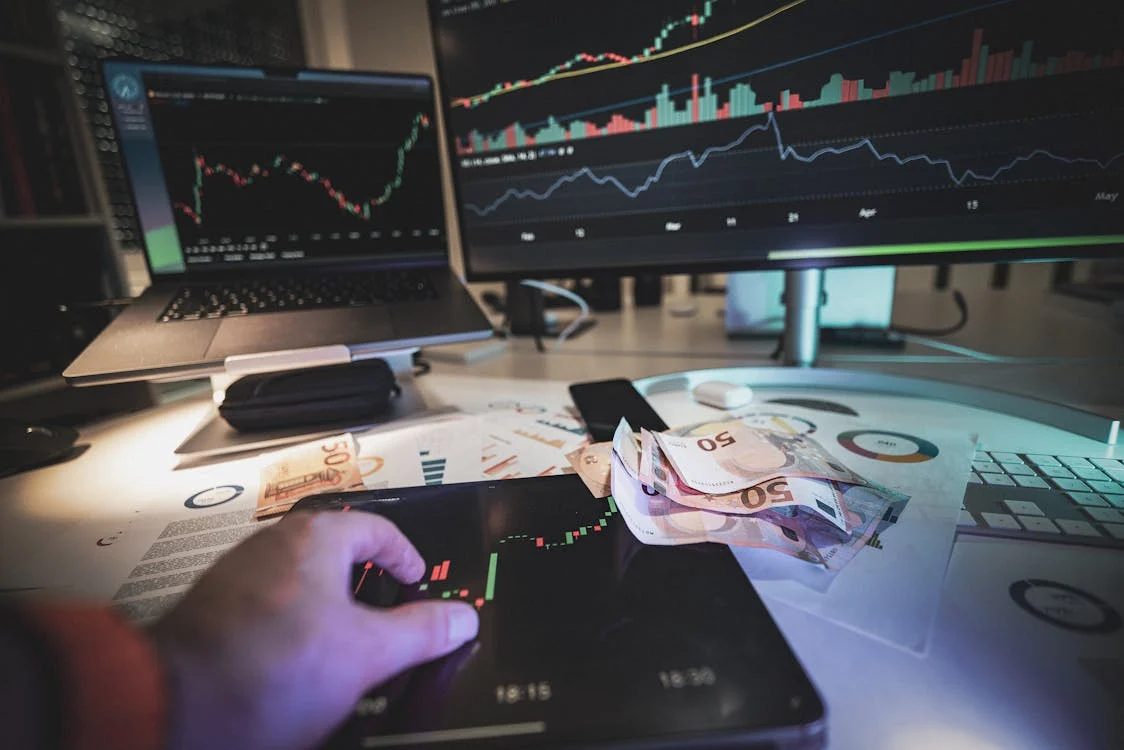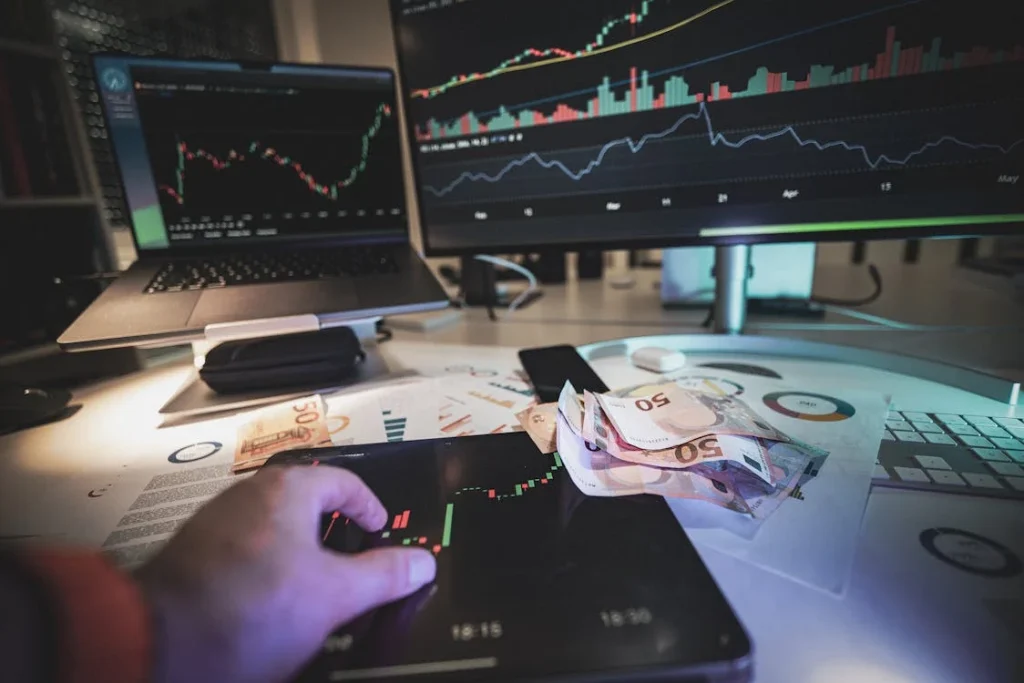The Importance of Technical Analysis in Forex Trading
Forex trading is a highly dynamic and fast-paced market. To succeed, traders rely on various tools and strategies, and one of the most widely used methods is technical analysis. This approach focuses on analyzing historical price movements and using charts and indicators to predict future price trends. In this article, we will explore the importance of technical analysis in Forex trading and how traders can use it to make informed decisions.
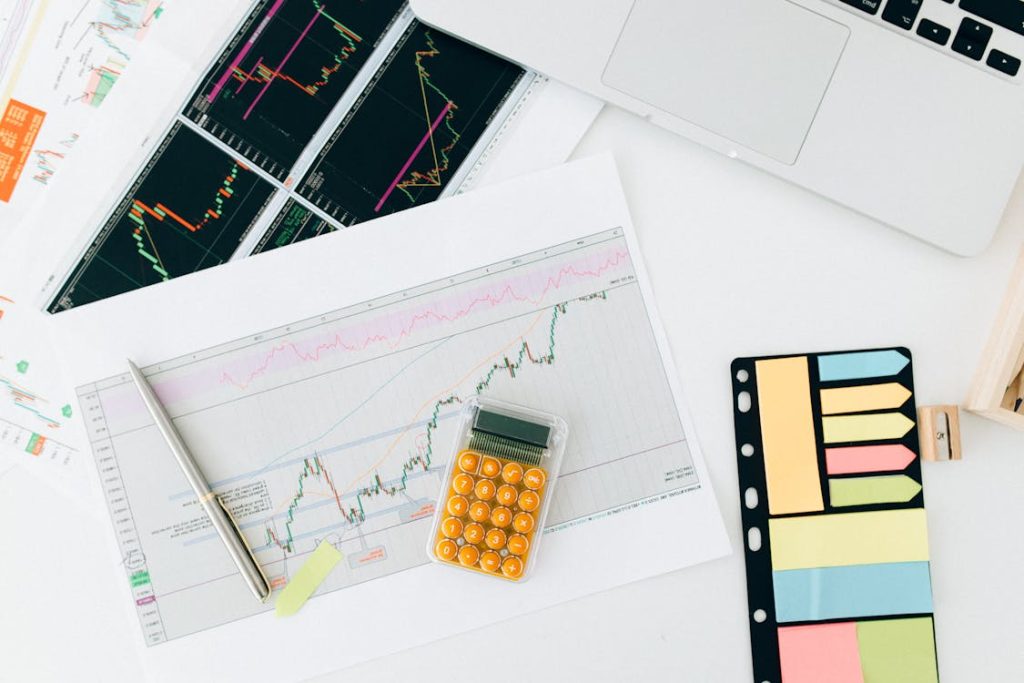
What is Technical Analysis?
Technical analysis is a method of evaluating financial markets based on historical price data. It involves studying past price movements, volume, and other market data to forecast future price movements. Unlike fundamental analysis, which focuses on economic factors and news, technical analysis relies purely on charts and technical indicators to identify trends, patterns, and potential entry and exit points.
The Basics of Technical Analysis
Technical analysis is built on the belief that market prices move in trends and that historical price movements can predict future price action. Traders who use technical analysis believe that all information, including news and economic events, is reflected in the price action. As a result, they focus on price charts to analyze patterns and trends, which can be used to forecast where the price is likely to go next.
Some of the most common tools and concepts used in technical analysis include:
- Price Charts: The foundation of technical analysis, showing the movement of prices over time.
- Support and Resistance Levels: Price levels where the price tends to reverse direction, either bouncing upward (support) or downward (resistance).
- Trend Lines: Lines drawn to identify the direction of the market (uptrend, downtrend, or sideways).
- Indicators: Tools like moving averages, Relative Strength Index (RSI), and MACD that help traders identify trends and market conditions.
- Chart Patterns: Visual formations such as head and shoulders, double tops, and triangles that can signal potential price movements.
Key Technical Indicators Used in Forex Trading
1. Moving Averages (MA)
Moving averages are one of the most popular and widely used indicators in Forex trading. They smooth out price data to create a trend-following indicator that helps traders identify the direction of the market. There are two main types of moving averages: the Simple Moving Average (SMA) and the Exponential Moving Average (EMA).
Traders use moving averages to identify potential buy or sell signals when the price crosses the moving average or when different moving averages cross each other. A crossover of the short-term moving average above the long-term moving average, for example, is seen as a bullish signal.
2. Relative Strength Index (RSI)
The Relative Strength Index (RSI) is a momentum oscillator that measures the speed and change of price movements. It ranges from 0 to 100 and is used to identify overbought or oversold conditions in the market. When the RSI is above 70, the market is considered overbought, signaling a potential reversal or a decrease in price. When the RSI is below 30, the market is considered oversold, signaling a potential upward reversal.
3. Moving Average Convergence Divergence (MACD)
The MACD is a trend-following momentum indicator that shows the relationship between two moving averages of a currency pair’s price. Traders look for MACD crossovers, divergence between the MACD and price, and MACD histogram patterns to identify potential buy and sell signals.
4. Bollinger Bands
Bollinger Bands are a volatility indicator that consists of three lines: a moving average in the middle, an upper band, and a lower band. The upper and lower bands are set a certain number of standard deviations above and below the moving average. When the price moves toward the outer bands, it signals an overbought or oversold market, which may indicate a reversal.
5. Fibonacci Retracement
Fibonacci retracement is a tool used to identify potential reversal levels based on the Fibonacci sequence. Traders use Fibonacci levels to identify key support and resistance areas, where the price may reverse or consolidate. These levels are drawn from significant price highs and lows, helping traders determine possible entry and exit points.
Benefits of Using Technical Analysis in Forex Trading
There are several advantages to using technical analysis in Forex trading:
- Helps Identify Trends: Technical analysis allows traders to easily spot trends, making it easier to determine when to enter or exit a trade.
- Provides Objective Signals: Unlike emotional trading decisions, technical analysis provides clear and objective signals based on market data and chart patterns.
- Suitable for Any Market Condition: Technical analysis can be applied to any market, whether it’s trending, ranging, or volatile.
- Effective for Short-Term Trading: Technical analysis is particularly useful for day traders and scalpers who need to make quick decisions in fast-moving markets.
Limitations of Technical Analysis
While technical analysis is a valuable tool, it is not without its limitations:
- Not Always Accurate: Technical analysis is based on past price data, and past performance does not guarantee future results. Market conditions can change unexpectedly, making predictions unreliable at times.
- Can Be Misleading: Overreliance on technical indicators can lead to false signals and misleading information. It’s important to combine technical analysis with other forms of analysis for more accurate predictions.
- Requires Experience: Interpreting charts and indicators effectively takes practice and experience. New traders may struggle to use technical analysis properly without proper education and training.
Conclusion
Technical analysis is a powerful tool for Forex traders, helping them identify trends, support and resistance levels, and potential buy or sell signals. By understanding key technical indicators like moving averages, RSI, and MACD, traders can make informed decisions and increase their chances of success in the Forex market. However, it’s important to remember that no method is foolproof, and combining technical analysis with other strategies and risk management practices can lead to better trading outcomes.

